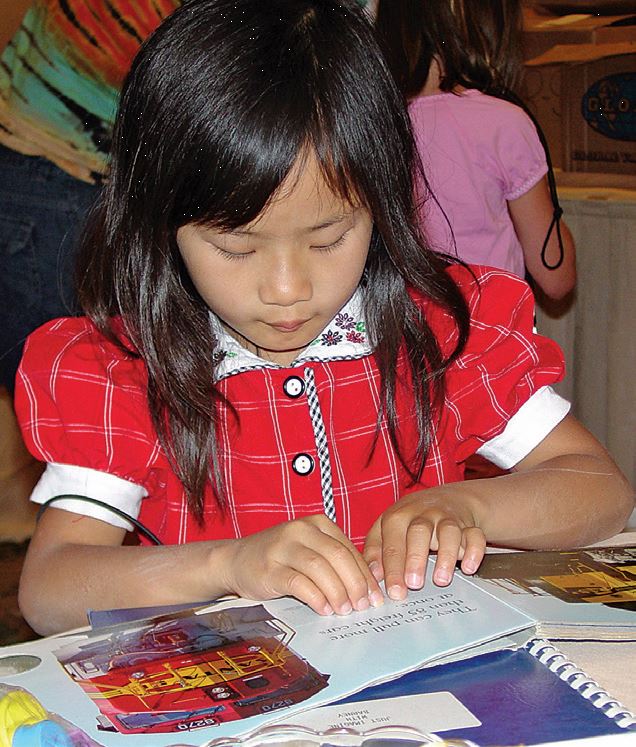
Research
Research on NRMA
Research on the National Reading Media Assessment (NRMA) for students who are blind or visually impaired
Edward Bell presents research on the National Reading Media Assessment (NRMA) in his blog post Why Failing Blind Kids on One Test May Be a Good Idea. He describes a presentation he did on the research, testing and implementation of the NRMA. The blog post addresses the use of the NRMA as a learning media assessment tool and looks at some of the attention that it has received in the field.
The Quick Start Guide to the NRMA provides a 4-page overview of the assessment, including a glimpse of what is included in the form, an explanation of the scoring system, and a look at the importance of standardized conditions.
